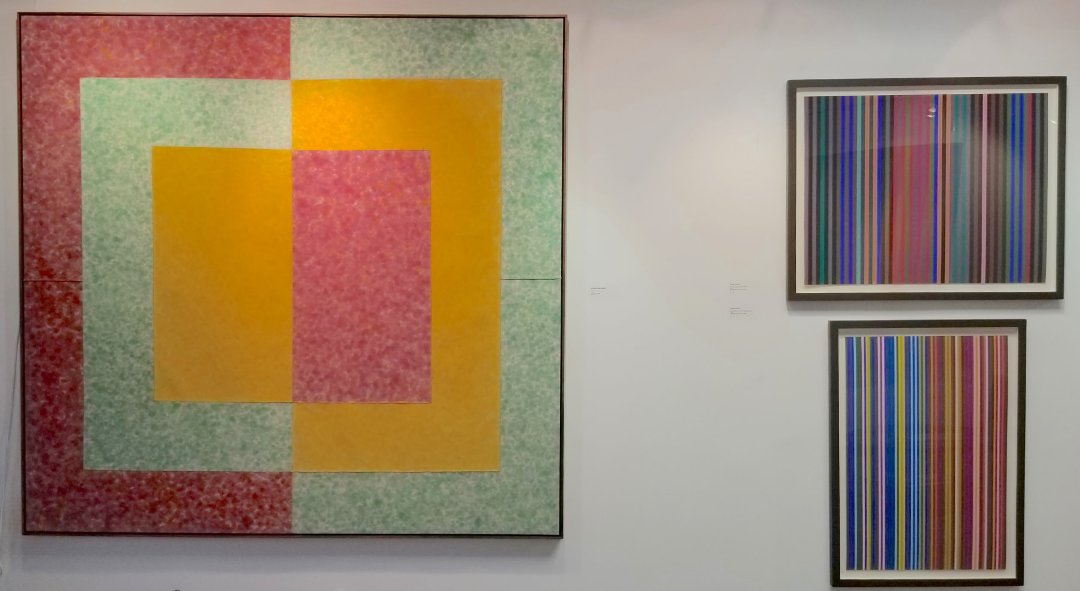Washington Color School

Washington Color School
The Washington Color School, a notable art movement that flourished during the 1950s through the 1970s in Washington, D.C., was a defining force in the realm of abstract expressionist art. This movement, marked by its innovative use of color and abstract forms, saw artists breaking away from the traditional approaches of abstract expressionism, bringing a new vibrancy and dynamism to their works.
Pioneering members of the Washington Color School included artists like Gene Davis, Thomas Downing, Morris Louis, Howard Mehring, Kenneth Noland, and Paul Reed. These first-generation artists participated in the pivotal "Washington Color Painters" exhibition in 1965, which significantly contributed to defining and promoting the movement. Their work primarily revolved around color field painting, a style characterized by large areas of a single color, aiming to evoke an emotional response through the use of color alone.
The movement expanded over time, with the second generation of artists bringing in new elements and further establishing Washington, D.C., as a vibrant hub for visual arts. Notable second-generation artists included Leon Berkowitz, Sam Gilliam, Anne Truitt, and Alma Thomas, among others. Each artist brought their unique perspective and style to the movement, enriching it with diverse techniques and artistic expressions.
Anne Truitt's work, for instance, demonstrated a strong psychological resonance with color, creating sculptures that played with color and form to evoke visual sensations. Gene Davis was known for his iconic stripe paintings, which used repetitive color intervals to create a rhythmic visual experience, likened to jazz improvisation. Kenneth Noland's exploration of geometric forms and color led the Washington Color School towards a hard-edged approach in compositions, as seen in his works like "Shoot."
The Washington Color School's legacy continues to inspire contemporary artists and remains a significant chapter in the history of modern art. Its focus on color as a primary means of expression marked a departure from earlier art movements and set the stage for subsequent developments in abstract art.
For art collectors and enthusiasts, the Washington Color School represents a fascinating exploration of color's power and the evolution of abstract art in the mid-20th century.
If you are captivated by the striking and innovative use of color in abstract art, particularly by the groundbreaking works of the Washington Color School, consider subscribing to our updates. By doing so, you'll be the first to receive information on upcoming sales, auctions, and exhibits featuring the mesmerizing works of this influential art movement. Our updates are specifically tailored for art collectors and aficionados, ensuring that you get relevant and timely information about the Washington Color School's masterpieces.
Stay ahead in the world of art collecting and never miss an opportunity to enrich your collection with these vibrant pieces of modern art history.
| Country: | USA |
|---|---|
| Start of the period: | 1957 |
| End of the period: | 1980 |